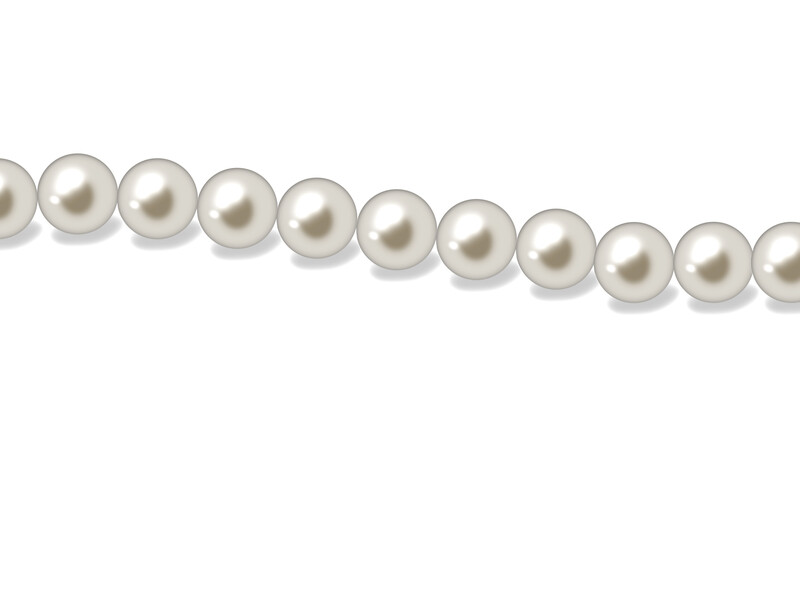There is a documentary on Netflix about the tools psychiatrist Phil Stutz uses as part of his therapy sessions with actor and director Jonah Hill.
Phil Stutz is a therapist, author, and renowned New York psychiatrist. While working as a prison therapist, he started developing “Tools” for his clients to use to better their lives. Stutz developed them because he felt frustrated with psychotherapy. He felt that it addressed the causes of people’s problems, but not the solutions.
Although he felt that self-understanding was worthwhile – it wasn’t enough. Stutz felt that his clients need to take actions to move their lives forward. These actions could be external like ending a relationship or internal like stopping being judgmental. He began to make up solutions on the spot and that resulted in 20 to 25 tools.
What are “The Tools”?
The thing that makes these “Tools” memorable is that Stutz makes a drawing on an index card to act as a reminder for his clients. I still remember how he drew a pearl necklace and explained that the actions were the pearls in life. We won’t have a beautiful necklace of a life unless we take actions. And they don’t have to be big actions or even be successful actions. We just have to act.
After establishing his own private practice in New York, in 2012 he wrote a book called “The Tools” with fellow practitioner Barry Michels. They went on to write another book called “Coming Alive in 2017.
In the documentary tools such as “The Shadow”, “Life Force”, “The Grateful Flow”, “Reversal of Desire”, “Active Love” and “Inner Authority” are explained.
Stutz started suffering from Parkinson’s disease in his late 50s. Currently he is 75, but he has found his own ways to cope with it. This movie feels like an exchange of love and advice between two people rather than a one-sided therapy session.
How can you use the tools?
I would encourage you to watch the movie and perhaps to also read the books in order to fully appreciate the tools. But here is a brief summary of some of the main ones mentioned in the movie:
- “Part X” – this is the voice in your head that says everything is impossible and that you are wasting your time. It’s the judgmental and anti-social part of you that arises when you face adversity. It is based on your primal fears. It wants to stop you from changing or growing or reaching your full potential. It’s a villain. But even if you defeat this part of yourself, it will keep coming back. You have to note what it is telling you. But you don’t have to live your life based on that.
- “The Shadow” – this is the part of yourself you’re ashamed of or that you wish didn’t exist. You have honor it, talk to it and ask it how it feels about being denied or avoided. This will also help you move in the direction of accepting yourself – both the good and bad parts of yourself.
- “Life Force” – to move beyond being stuck or depressed (or conquered by your “Part X” and “Shadow”), you have to take care of your body (i.e., exercise, diet, sleep), take care of your relationships and take care of yourself.
- “The Snapshot” – you have to go beyond the illusion that your life will be perfect if you find the right partner, or have the right amount of money and so on. These are frozen snapshots and mere illusions that won’t make you happy.
- “The Grateful Flow” – thinking about what you are grateful for will help you to remove the dark thoughts that are obscuring the sun that could be your life.
- “Active Love” – this is the process of seeing the world as nothing but love and energy. Visualizing yourself becoming one with the person or thing that wronged you will help you to heal and move on.
Conclusion
These are just a few of the tools. To learn more, watch the movie. If you are having any trouble using these tools, schedule an appointment and talk to one of our psychiatrists or therapists about it.

